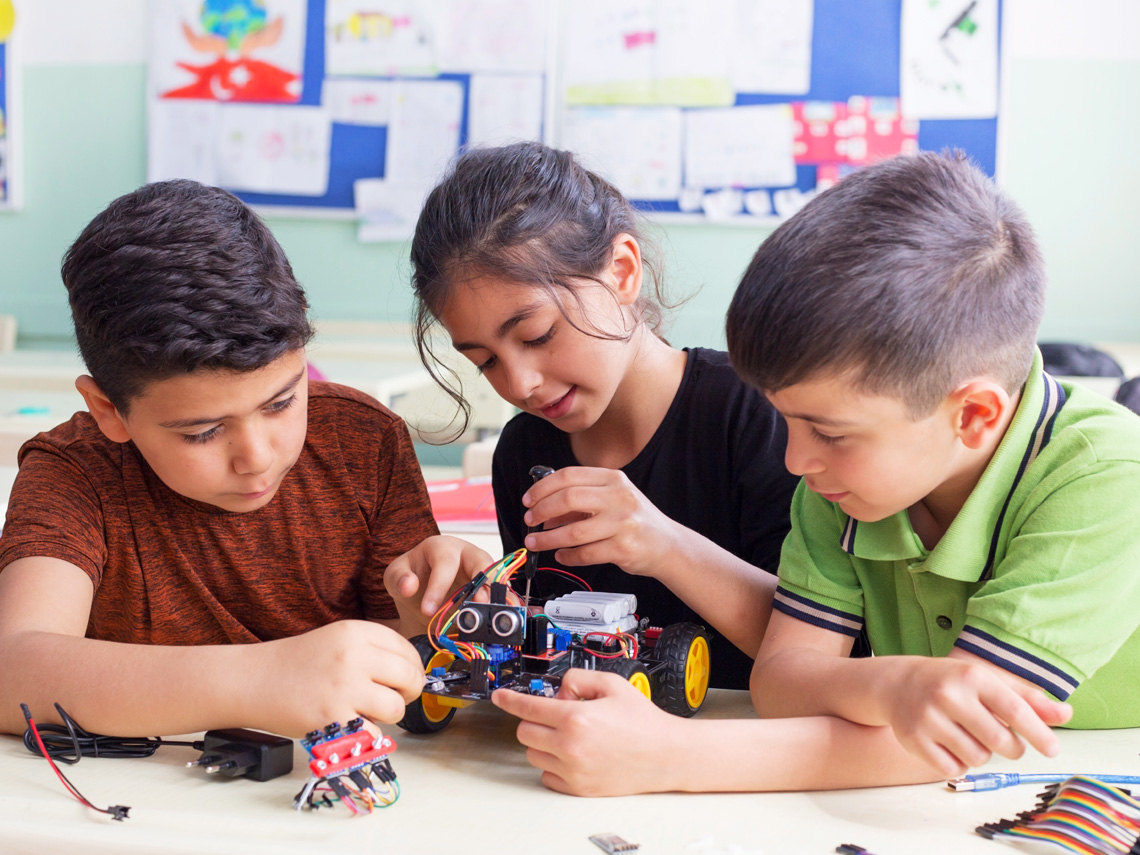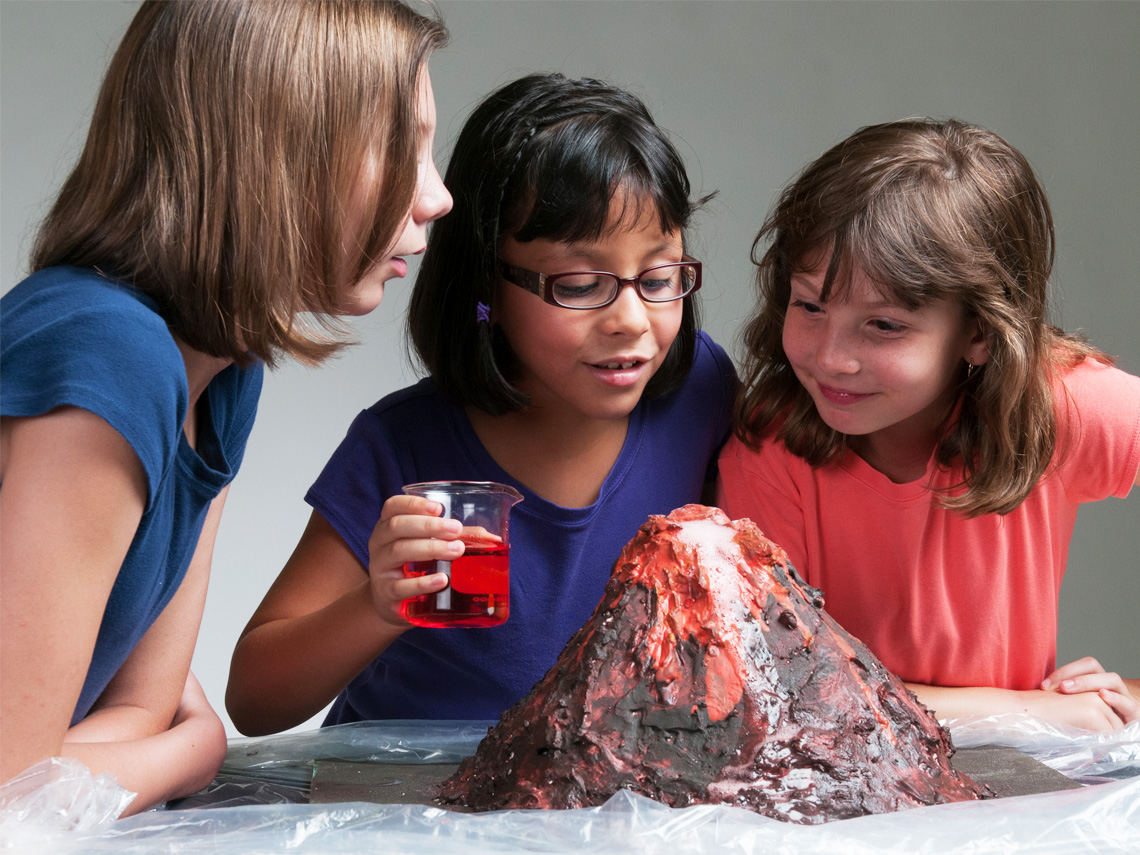Minds On
How did you do this?

Student Success
Think-Pair-Share
Think about the last time you did an experiment or played a board game. How did you know what to do?
Note to teachers: See your teacher guide for collaboration tools, ideas and suggestions.
In this learning activity you will learn about writing a series of instructions for a procedure like a science experiment or board game.

Action
Procedure
A procedure has 4 main parts:
Title: what are the instructions for?
Purpose: what is the reason for the procedure?
Materials: what is needed?
Instructions: a set of numbered instructions

A procedure also has:
- a series of diagrams to accompany the instructions
- subheadings for each part that comes after the title
- rules for a board game or sports
Title
Give the procedure a descriptive title that starts with “A procedure for (Blank)” or “Instructions for (Blank)” and put the name of your board game.
If the procedure is for a science experiment a descriptive title can start with “A procedure for investigating (Blank)” or “A procedure for an experiment for (Blank).”
Connections
Examples of procedural titles
A procedural title for an investigation on pulleys and gears in science might be “A procedure for how to investigate pulleys, gears and force.”
Another title for an experiment that investigate forces and a cause and effect relationship, might be “A procedure for investigating the force of gravity.”
If it’s a board game, include the title of your board game.
Avoid spending too much time on a title. If you’re stuck you can always revise the title later in the revision stage and/or work with a partner or ask your teacher for some help.
Purpose
Provide a brief explanation of the goal of the procedure (1 to 2 sentences).
Materials
In point form, list the materials required.
Instructions
Number each step in the set of instructions.
If there are 1 to 2 smaller steps that are part of one overall step you can include them under one numbered step. Use your judgement on how you group smaller steps. It is optional to include sequential linking words like next, after, lastly even in one step. For example, if you are observing how light travels in water, you can group these steps under one numbered step like this:
- Fill the glass jar with water halfway. Next, place your pencil in the water. Consider the pencil at eye level with the water level and then again at the pencil from a bird’s eye view.

You don't need to separate the steps into 3 separate steps since they are all part of observing how light travels in water.
Consolidation
Write your procedure!

You will now create instructions for a procedure like a science experiment or board game. You can choose which procedure you would like to write about.
Make sure to include the 4 parts:
Title: what are the instructions for?
Purpose: what is the reason for the procedure?
Materials: what is needed?
Instructions: a set of numbered instructions
Additional points to consider:
- select a few key steps to provide a diagram, photo, or image to help the reader better understand how to position equipment, and how a set-up should appear and/or what they should notice if they are following the instructions correctly. Make sure the diagram, photo, or image is clear, labelled, and has the appropriate caption
- consider using a sequence chart to help you
- in the instructions, provide important information to help keep the reader on track
- if there are any important safety procedures, highlight the information or underline in red
- if you are writing instructions for a board game, provide the rules of the game before the instructions. Provide a few examples for various situations of your game. Provide a short reference card for the rules of the game for players to follow while playing the game
Edit with a friend or family member. Conference with an adult.
Revise your writing to make sure you used 3rd person and present tense in your instructions.
Revise to make sure your diagrams are clear, are labelled and have captions.
Procedure reflection
- What strategies did you use to begin creating your procedural piece?
- How were these strategies helpful?
- What strategies did you use when you were creating your procedural piece to help you?
- What strategies did you use when you completed your procedural piece to help decide it was complete?
Reflection
As you read through these descriptions, which sentence best describes how you are feeling about your understanding of this learning activity? Press the button that is beside this sentence.
I feel…
Now, record your ideas using a voice recorder, speech-to-text, or writing tool.